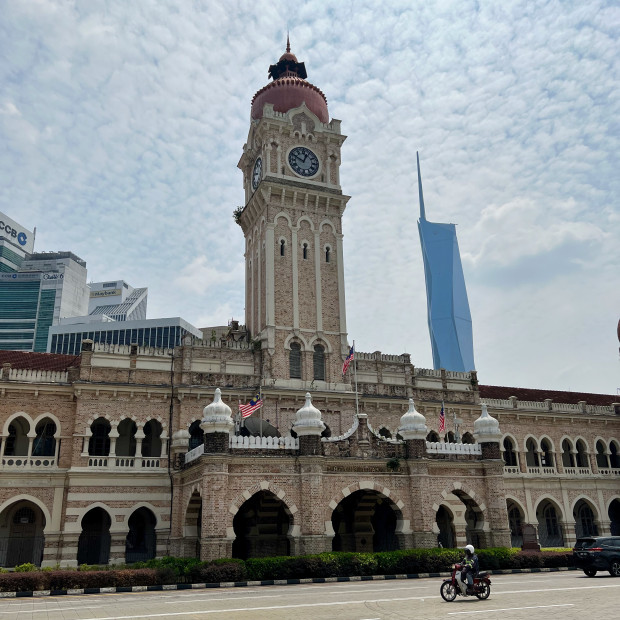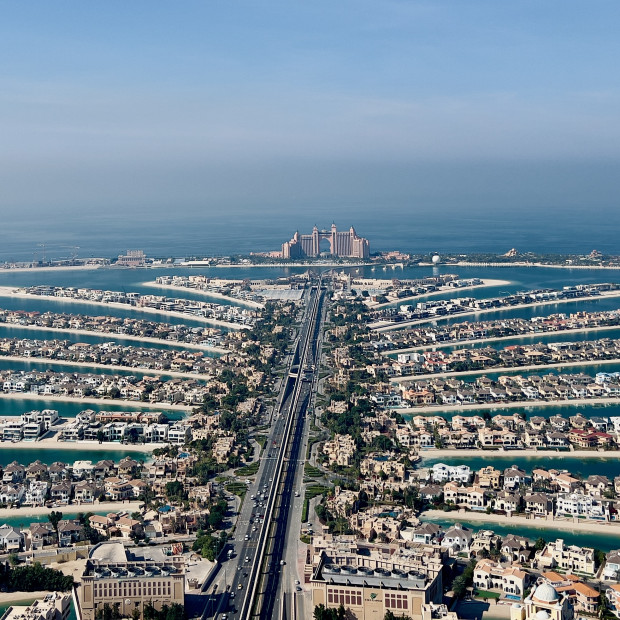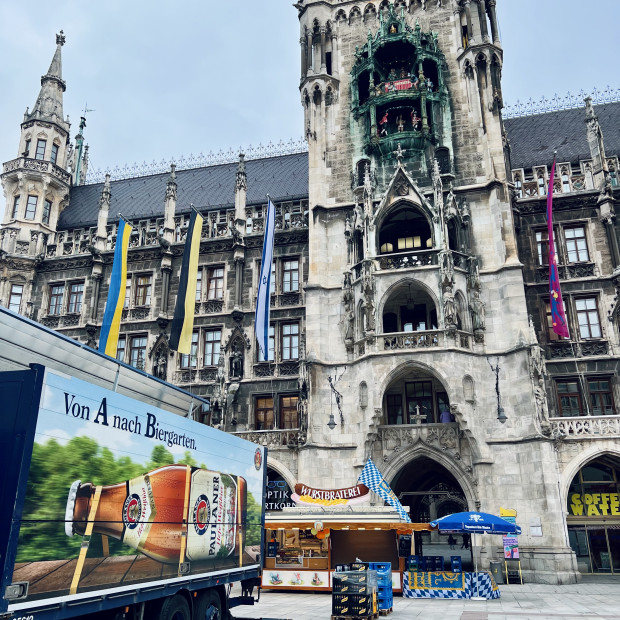About this place
The Petronas Towers, also known as the Petronas Twin Towers, are located in the heart of Kuala Lumpur, Malaysia. Completed in 1998, they were declared the tallest buildings in the world at the time, a title they held until 2004. Standing at a height of 452 meters (1,483 feet), the 88-story towers are an iconic symbol of Malaysia's rapid development and ambition in the late 20th century.
Design and Construction
Designed by Argentine architect César Pelli, the towers' architecture is inspired by Islamic art, reflecting Malaysia's Muslim heritage. The design incorporates a steel and glass facade with motifs found in Islamic architecture, creating a distinctive and modern interpretation of traditional design. The construction of the towers was a significant engineering achievement, featuring the world's deepest foundations. The two towers are connected by a double-decker skybridge that spans the 41st and 42nd floors, which is 170 meters above street level and serves as both a structural support and a public observation deck.
Features and Facilities
The Petronas Towers are part of the Kuala Lumpur City Centre (KLCC) development project, encompassing office spaces, a conference hall, a sprawling park, and the Suria KLCC shopping mall. The complex includes the Dewan Filharmonik Petronas concert hall, home to the Malaysian Philharmonic Orchestra. The towers themselves house the headquarters of Petronas, Malaysia's national petroleum company, as well as other corporate offices.
Tourism and Accessibility
The Petronas Towers attract thousands of visitors each year, who come to marvel at their architectural splendor and enjoy the panoramic views of Kuala Lumpur from the skybridge and observation deck. Tickets to the skybridge are limited and distributed on a first-come, first-served basis, making it one of the city's must-visit attractions. The towers are easily accessible via the KLCC LRT station, linking them to various parts of the city.
Environmental Considerations
The Petronas Towers were designed with sustainability in mind. The buildings incorporate energy-saving systems and environmentally friendly materials, reflecting an early commitment to green building practices. The surrounding KLCC Park provides green space in the urban environment, featuring jogging tracks, a children's playground, and a symphony fountain.
Cultural Significance
Beyond their architectural and economic significance, the Petronas Towers have become a cultural landmark, symbolizing Malaysia's aspirations and its place on the global stage. They have appeared in films, literature, and television programs, further embedding them in popular culture both locally and internationally.
In summary, the Petronas Towers are not only an architectural marvel but also a symbol of Malaysia's cultural identity and economic ambition. They continue to play a central role in Kuala Lumpur's skyline, offering visitors and residents alike a glimpse into the nation's vibrant culture and innovative spirit.

















